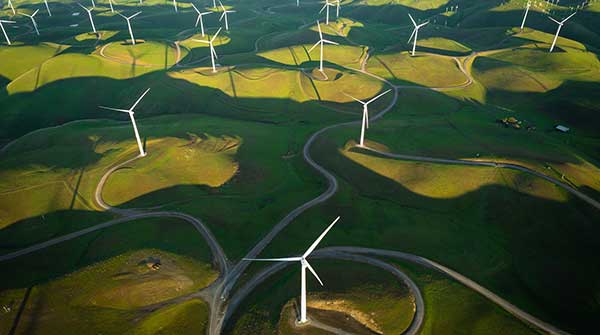Renewable moratorium isn’t about climate denial; it’s about grid reality
 Since Alberta hit the pause button on new renewable energy projects for six months, critics – spanning activists, NGOs, and renewable energy professionals – have sounded alarm bells. But it’s not as simple as they make it seem. There’s more to this issue than just being “for” or “against” renewable energy, and technical realities shouldn’t be drowned out by political clamour.
Since Alberta hit the pause button on new renewable energy projects for six months, critics – spanning activists, NGOs, and renewable energy professionals – have sounded alarm bells. But it’s not as simple as they make it seem. There’s more to this issue than just being “for” or “against” renewable energy, and technical realities shouldn’t be drowned out by political clamour.
Here are some technical facts that may help clear the fog.
First, let’s understand what our electricity grid actually does. You flip a switch, and you get electricity, right? Well, behind that simple action is a highly sensitive and complex system. The grid doesn’t store electricity; it produces it as people need it. If too many people need power at once, the system can collapse, and restarting it isn’t a simple flip of a switch – it’s a days-long ordeal.
Renewable sources like wind and solar are fantastic for small, isolated applications, but they’re not great for the grid. Why? Because they only produce power when the weather co-operates. Unlike fossil fuel generators, you can’t tell the wind to blow harder or the sun to shine brighter when you need more electricity.
In Alberta, we use natural gas turbines to cover these gaps. The capacity of these turbines has to be as good as or better than that of wind and solar, and they can ramp up power much quicker than renewables can.
If we think climate change is a problem, why are we trying to make our grid system – something so crucial – dependent on the weather? According to Alberta Electric System Operator (AESO) data, wind farms only produce about a third of their maximum capacity over the year, and solar farms just a sixth. And let’s not forget, in winter, solar efficiency can drop to just four percent of its maximum capacity.
The Trudeau government, all caught up in ‘NetZero’ aspirations, wants to phase out these crucial backup generators. This logic leads to a grid powered entirely by renewables and plagued by frequent blackouts. Germany already went down this road, spending nearly $1 trillion over 25 years, only to now revert to coal plants.
On top of all this, Ottawa wants to increase the grid’s load fourfold by shifting from gasoline to electric vehicles. The idea of using large grid-sized batteries as a solution is fantastical at best. Even if these mythical batteries existed, replacing and disposing of them every decade would cost hundreds of billions. Who’s picking up that tab?
We need to be pragmatic. If the grid’s stability is going to be put at risk, let’s at least start small. Why doesn’t the government first power a significant building – say, Parliament or the Canadian Climate Institute – entirely with wind and solar for a year without any backups? Let’s see how that goes before restructuring our entire energy grid.
Energy is the backbone of our society, not a political football. We need a stable, reliable, and affordable source of energy. Nuclear power, set to become commercial by 2030, could be the alternative we’re looking for. Until then, let’s not let ideological blinders risk our essential infrastructure.
Reality has a way of biting back when we let delusions take the wheel.
Cosmos Voutsinos is a retired engineer who has published multiple scientific papers that have garnered a total of 96 citations. He earned his Bachelor of Applied Science (BASc) at the University of Waterloo and his Master of Engineering (M.Eng) degree from MacMaster.
For interview requests, click here.
The opinions expressed by our columnists and contributors are theirs alone and do not inherently or expressly reflect the views of our publication.
© Troy Media
Troy Media is an editorial content provider to media outlets and its own hosted community news outlets across Canada.


